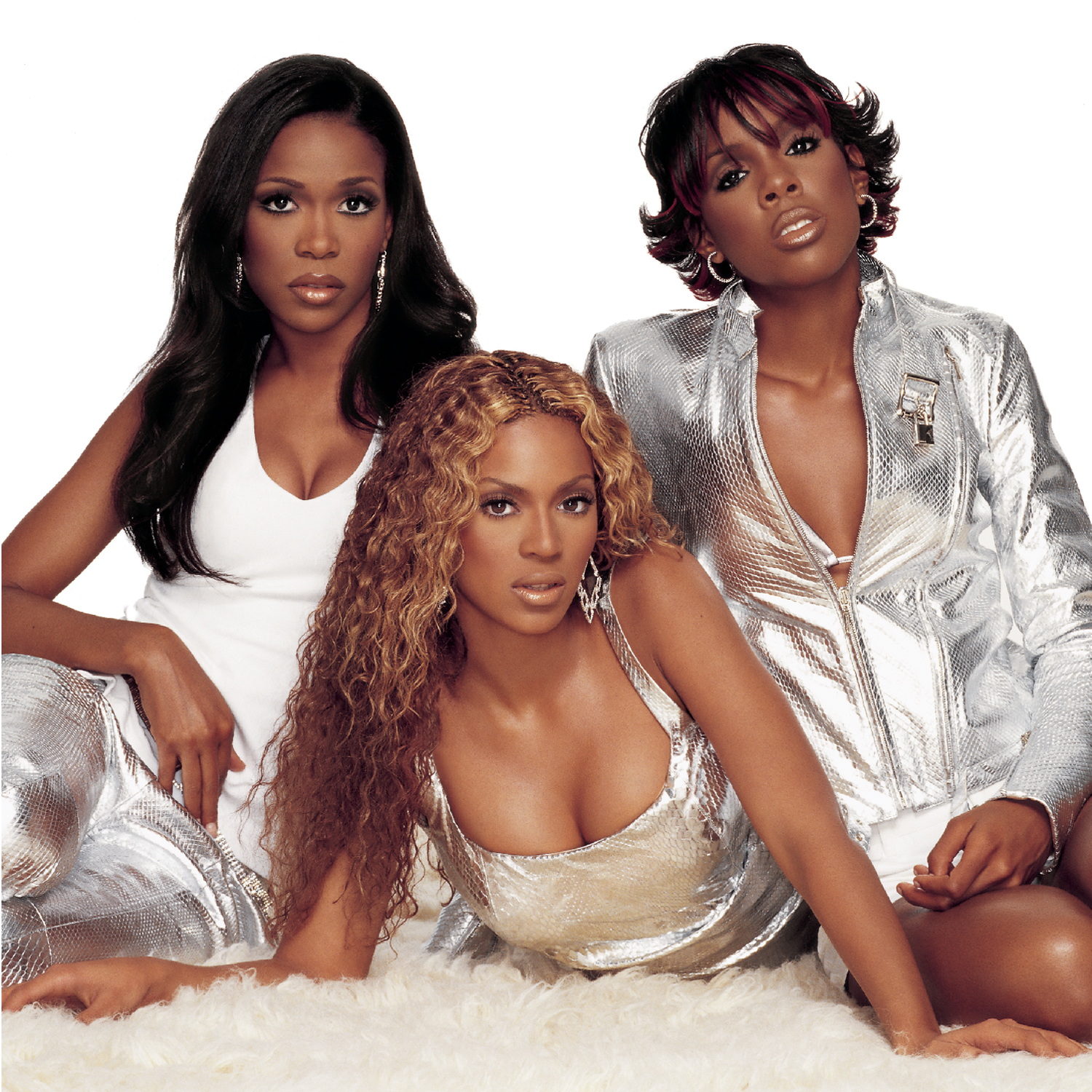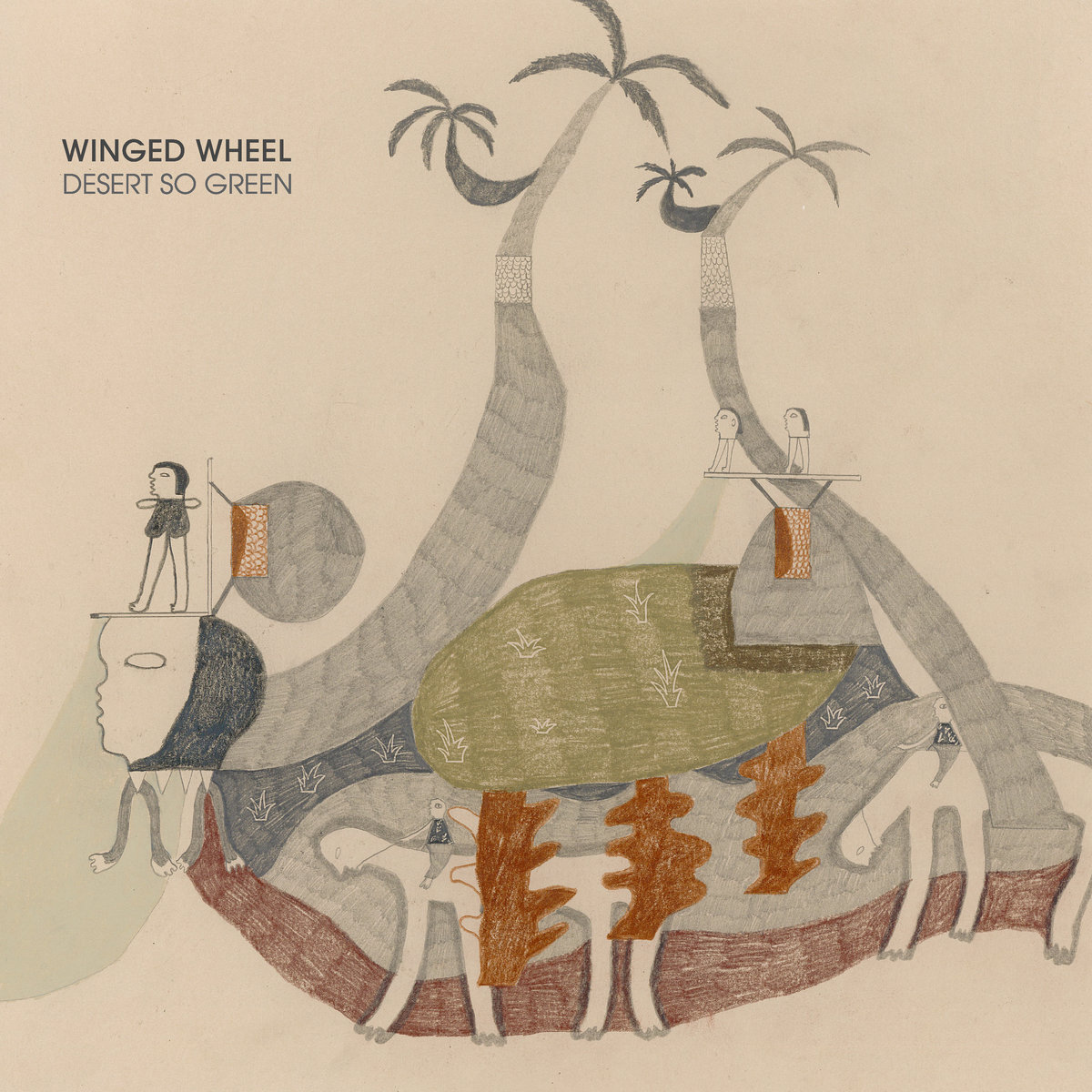- Columbia
- 2001
If Beyoncé emerged as a true superstar on 2003 solo debut Dangerously In Love, Survivor was the precursor that springboarded her through the stratosphere. While still a teenager, the budding icon dealt a generous hand in co-writing and producing material as lead of the turn-of-millennium R&B girl group Destiny’s Child, much to the chagrin of some former members. By 2001, the Houston-bred outfit formerly known as Girls Tyme was a decade into their reign, evolving from scorned Star Search contestants to late '90s megastars. Still, their glamorous facade wasn’t enough to keep the group from clashing in the battle of egos. After two albums, 1998's Destiny's Child and 1999's The Writing's On The Wall, the manicured four-part harmony of Destiny’s Child’s began to fracture.
First to be eliminated were original members LeToya Luckett and LaTavia Roberson. With lead darling Beyoncé being nudged closer into the spotlight, Luckett and Roberson questioned the disproportionate monetary ethics of Destiny's Child manager and Beyoncé's father Mathew Knowles. Rumors also flew that So So Def Recordings R&B group Jagged Edge were causing a rift between the girls, courting Luckett and Roberson while on tour with Destiny’s Child. After loyally following Mathew's acumen as teenagers, the two were blindsided when they learned they had been replaced upon seeing new members Michelle Williams and Farrah Franklin in the technicolor music video for 2000 hit "Say My Name" -- no matter that Luckett and Roberson’s backing vocals on the song remained unchanged and the two dismissed members were still pictured alongside Beyoncé and Kelly Rowland on The Writing’s On The Wall’s futuristic album artwork.
In a 2001 New York Times article, journalist Diane Card Well scathingly dismissed the banished duo: "But the reality of Destiny's Child is that Beyoncé is the magnet. The band originally had four members, Beyoncé and Kelly and two other girls, but it was always a Knowles-family operation, with the family's fair-haired daughter in the spotlight." Replicating the 1960s-era Motown girl group formula of centering one woman à la the Supremes, Mathew Knowles' strategic ambition made Beyoncé the focal darling of Destiny’s Child.
Having experienced brief success as a medical equipment salesman from shortly before marrying fashion guru and soon-to-be Headliners salon owner Tina Beyoncé, Knowles quit his day job once discovering his first daughter's superstar determination. Upon starting Music World Entertainment in 1992, Knowles primed the teenyboppers, then known as Girls Tyme, with harsh critiques and drill instructor tactics. His wife -- once part of high school harmony group the Veltones -- dutifully assisted in fulfilling his family’s vision as wardrobe designer, styling the group’s hair and allowing them to practice at the Headliners shop. With brewing nepotism, the Knowles family operation seemed to have been planned before Beyoncé and younger sister/polyhistor Solange were even born.
Rowland became an unofficial adopted sister, living with the Knowleses for 11 years when her mother was unable to drive her to frequent rehearsals. After a brief stint studying criminal justice and accounting in college, Williams was working as a backing vocalist for R&B singer Monica when she met Beyoncé and Kelly in an Atlanta hotel in 1999, not long before Destiny’s Child began secretly vetting new candidates for the group. "As the new member, I was being protective over the girls because I was just starting to know them," she told Entertainment Weekly in 2016 while also shrugging off any perceived drama or injustice regarding the lineup switch. "There are member changes in groups all the time," Williams continued. "Things happen. I believe in the journey Destiny’s Child had to take to fulfill the group’s mission: to continue to empower everybody."
The sisterly image of Destiny’s Child was wholesome, but keeping up with Mathew’s regimen was tough. As he authoritatively drove Beyoncé into becoming pop royalty, the remaining members also caught the heat; Franklin abandoned the group just five months after being initiated, citing "dehydration." Knowles, Rowland, and Williams were once again without a fourth member, but the trio decided not to seek wannabe prospects that couldn’t keep up. With Williams' gospel-oriented rasp, Rowland's mezzo-soprano stamina, and Knowles' epic octave range and unparalleled showmanship, Destiny's Child met their full potential.
On their third album Survivor, which turns 20 this Saturday, Destiny's Child had another chance to prove their staying power. The Writing’s On The Wall was largely a flippant kiss-off to male suitors on tracks "Bug A Boo," "Bills, Bills, Bills," and "Jumpin', Jumpin'." Survivor encompassed the maturation of Destiny’s Child through girl power anthems, humbling ex-group members, and pompous body-positive messages, all while trading the '90s hip-hop and R&B tendencies of their first two records for a more tech-y sound in keeping with Fanmail, Aaliyah, and The Heat. It was like Destiny's Child were finally making a statement.
Tying in with promotion for 2000’s Charlie’s Angels reboot, glossy album opener "Independent Women, Pt. I" presented Destiny’s Child as a tour de force with belty vocals and an operatic breakdown. The track arguably made Charlie’s Angels a box office hit, as Mathew overzealously sent "Independent Women, Pt. I" for the film’s soundtrack before getting permission from the group. With heavy rotation on radio airwaves and a music video world premiere on MTV’s Making The Video, "Independent Women, Pt, I" became the group’s most successful song to date topping the Billboard Hot 100 at #1 for 11 consecutive weeks.
While Destiny’s Child was arguably the most important girl group of the 21st century, they were still victims of racist microaggressions in pop music. Prior to The Writing's On The Wall, in a 1999 issue of Maxim, the group’s forenames were blasted for not being ‘sensible’. Being Black women in a pop lane forced them to take a backseat to white bubblegum acts like *NSYNC, Britney Spears, and Christina Aguilera. During press runs, Destiny’s Child were burdened with discriminatory questions, which Beyoncé rehashed during a 2001 interview with pop culture magazine Interview: “We did an interview yesterday, and a woman asked us, "Where did you meet? In the ‘hood?"
Destiny’s Child made ‘the hood’ their playground on salacious track "Bootylicious," where the group teasingly cooed at suitors who weren’t ready for their "jelly." The track confidently rode a slowed-down guitar riff from Stevie Nicks’ 1981 hit “Edge of Seventeen,” and the former Fleetwood Mac member-turned-rock goddess even made an appearance in the song’s tantalizing visuals. An ode to their voluptuous, Southern-bred curves, “Bootylicious” solidified Destiny’s Child as bolder, more salacious pop artists.
However, Survivor wasn’t without its poor moments. The tone-deaf, Salt-N-Pepa-interpolating “Nasty Girl,” which was released as the album’s fifth single but failed to chart in the US, arrogantly slut shames “classless” women with “booty all out, tongue out her mouth/ Cleavage from here to Mexico.” The hypocritical track arrived over a decade before Yoncé sang about getting “Monica Lewinski'd all on my gown,” but in 2001, Destiny’s Child was a ripe act who weren’t even of the legal drinking age. With appearances at the Nickelodeon Kids Choice Awards and 12-inch Hasbro Barbie Dolls that immortalized their likeness, to maintain their pop star status, Destiny’s Child had to fulfill PG-rated expectations instead of being deemed as raunchy Black women. That strategy also apparently involved appealing to millennial teenagers’ baby boomer parents; during a moment of softness on Survivor, the group covered Samantha Sang's 1978 disco hit "Emotion," penned by the Bee Gees' Barry and Robin Gibb.
Destiny’s Child also took catty jabs at Luckett, Roberson, and Franklin throughout Survivor, including on the snide “Fancy” and the album’s war-ready title track. When a radio DJ jokingly compared membership in Destiny’s Child to the CBS TV series Survivor, the hot new reality show of the moment, the group reframed the comparison as a positive, delivering a battle cry in which they gloated about their ascension despite tension from ex-members. The song also served as a showcase for newcomer Williams, who had an earnest vocal standout over a riveting string section. Although Luckett and Roberson later filed a lawsuit against Beyoncé, Kelly, and Mathew, in the public eye “Survivor” worked as graceful public closure amid the girl group hostility, winning Best R&B Performance by a Duo or Group with Vocals during the 2002 Grammy Awards.
For Destiny’s Child, revenge was sweet, but resilience was even sweeter. Beyond its commercial achievements — four times platinum, four top-10 hits — Survivor was an opulent showstopper that defined the group’s tumultuous rise into womanhood. As that maturation process continued, soon these women were pursuing a different kind of independence as they plotted out their solo careers. Still, that feeling of sisterhood remained. Destiny’s Child would only release one more album, 2004’s Destiny Fulfilled, but Beyoncé has continued to hold space for Rowland and Williams over the years, especially during her monumental appearance at the 2013 Super Bowl and headlining takeover at Coachella in 2018. It’s hard to imagine any of that happening without Survivor, an album that confirmed the future Queen Bey would do much more than just scrape by.






